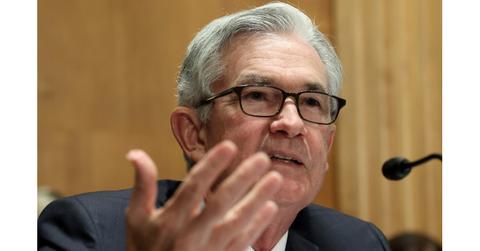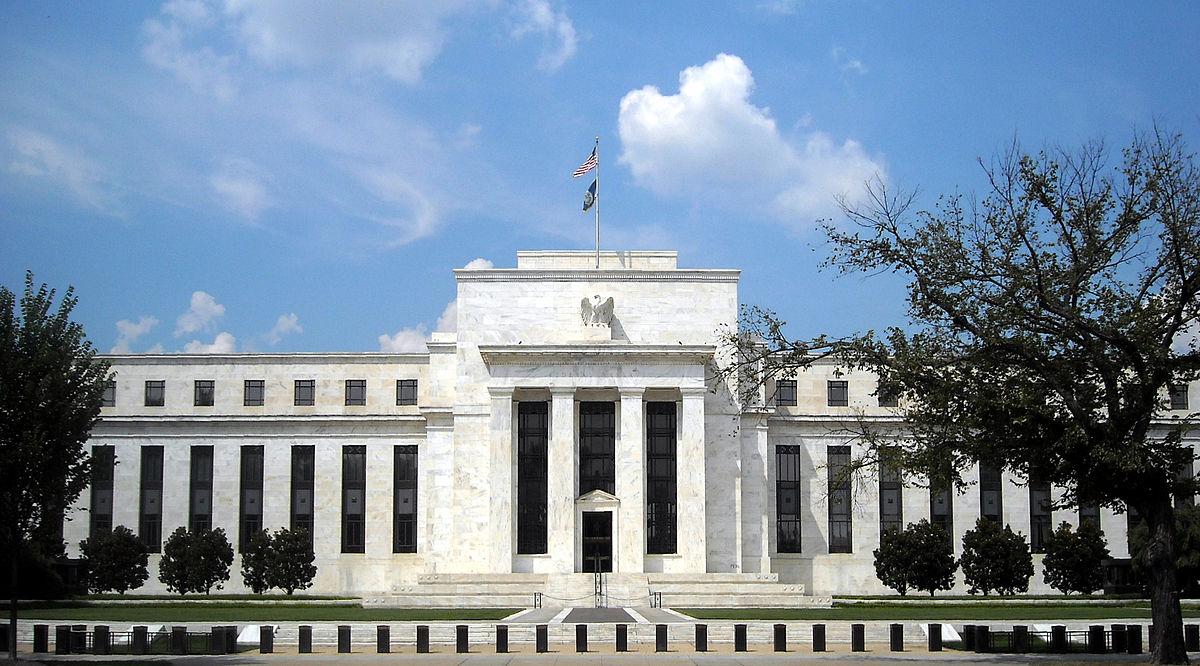What CPI and PPI Mean for the U.S. Economy, Explained
What's the difference between the CPI (consumer price index) and PPI (producer price index) in regards to the U.S. economy? The Fed will release July data soon.
Aug. 9 2021, Published 1:32 p.m. ET
The Fed is set to release the July report of the CPI (consumer price index) on Aug. 11 and the PPI (producer price index) following shortly thereafter.
What's the real difference between CPI and PPI? And, perhaps more importantly, what do these two metrics tell us about the economy as it stands right now?
What CPI means
The CPI measures the prices of domestic and imported goods and services. The CPI specifically targets prices for residents in cities or other urban environments, and consumers include everyone from the poor to professionals to retirees.
A few noteworthy exclusions from the CPI include residents in rural regions, people in the armed forces, and those who are institutionalized, among others. This does give the CPI some bias, but it allows for a benchmark to help the government track where inflation rates fell for the previous month.
The CPI includes goods and services from the following categories:
Food and beverage
Housing
Apparel
Transportation
Medical care
Recreation
Education
Communication
What PPI means
The producer price index measures the sale price that domestic producers are able to earn on raw goods and services. The PPI specifically targets producer pricing, which might not be the same as consumer pricing when middlemen (like retailers) get involved.
The PPI includes goods and services from the following industries:
Mining
Manufacturing
Agriculture
Fishing
Forestry
Natural Gas
Electricity
Construction
Waste
Scrap Metals
CPI versus PPI—how they're similar
Both the CPI and PPI measure inflation rates in the U.S. This similarity puts them under the same umbrella when talking about the economy. Both reports come monthly (on different days, usually with the PPI trailing the CPI), and the Fed bases each report on the month prior. Both reports get boiled down to a percentage.
CPI versus PPI—how they're different
Despite the fact that CPI and PPI both measure U.S. inflation, the two metrics do so from very different perspectives.
For one, the PPI discerns price changes that producers sell raw goods and services at. This is different from the CPI, which tracks changes in what price consumers in the U.S. actually purchase goods and services.
Also, the CPI tracks both domestic and internationally imported offerings. The PPI only tracks domestic products because it was designed to unearth progress in U.S. production output only.
This doesn't mean the CPI and PPI are mutually exclusive. In fact, it's quite the opposite. The PPI serves as one of the lead indicators influencing the CPI, which means what it costs to produce directly trickles down to consumers, often at a higher rate.
CPI and PPI reports show inflation in the U.S. during pandemic-era economic recovery
Over the last 12+ months, the U.S. has been going through a strong inflation period. This trend is expected to continue, and higher inflation from both angles could cause the Fed to phase out much of the stimulus measures the government has instituted over the course of the COVID-19 pandemic.
Both the PPI and CPI are important indicators of where the U.S. economy stands, especially during tough economic times.


